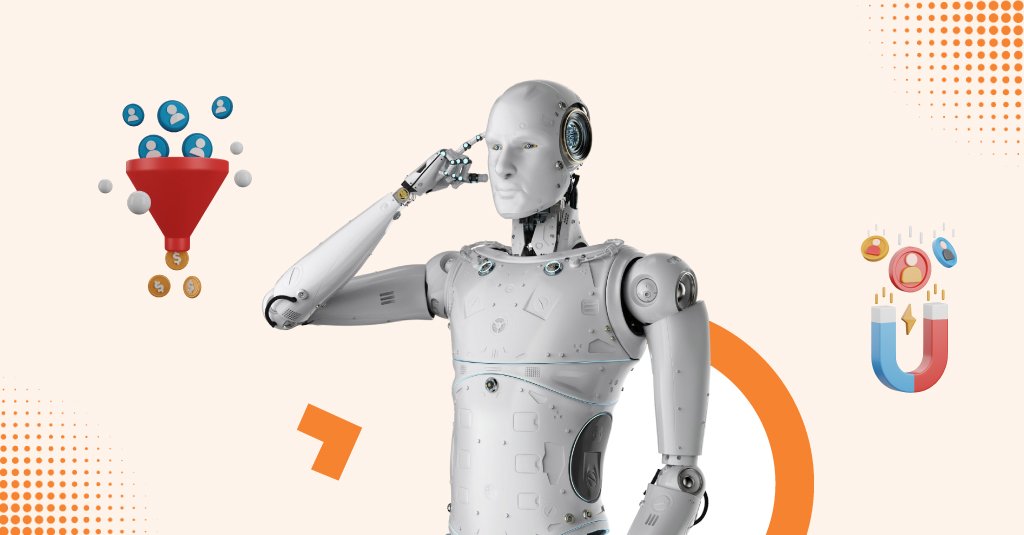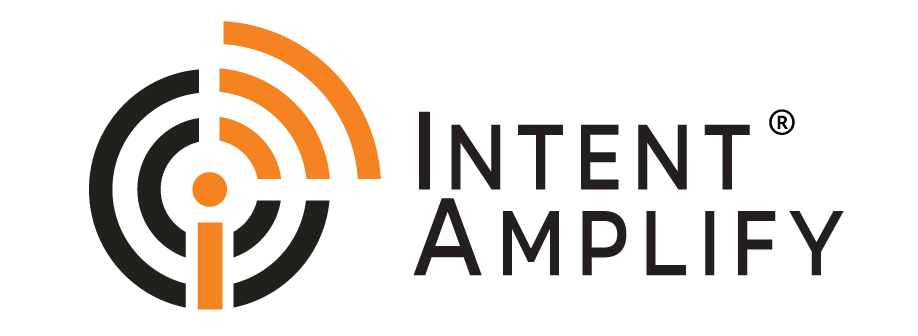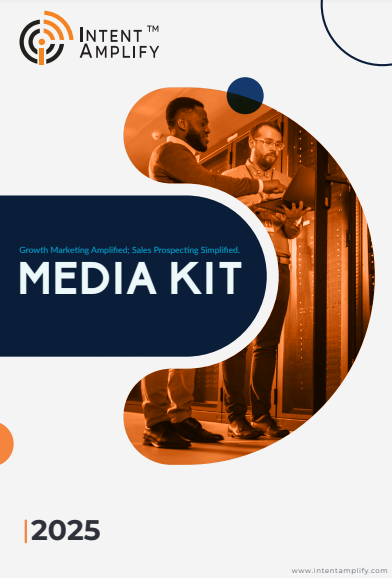
How to Use Generative AI for Demand Generation
- Last updated on: August 9, 2024
“Behind every famous brand is a great marketing strategy.” – anonymous.
With so much competition in the market, making your product stand out requires you to create its demand. Generative AI for Demand generation is one of the quickest ways to create a necessity in the market for your offering. This paves the way for generating leads using the power of AI.
GenAI-based B2B Demand Generation is a strategic process for building interest, awareness, and demand for your offering – ultimately resulting in a sale. Demand generation helps your sales funnel by doing all the prep work in advance and making the customer advance towards the sales funnel, more naturally.
What makes AI-based B2B Demand Generation Strategy Crucial for Businesses
- Increased brand awareness: GenAI for Demand generation speeds up the process of bringing your company and offerings in front of the right decision-makers in other organizations. This helps with brand building and recognition. It also results in increased brand awareness and establishes you as a thought leader in your industry.
- Qualified leads: Demand Lead Generation using GenAI involves content creation activities to attract potential customers genuinely interested in your offering. This saves your sales team time and resources by focusing on leads with a higher conversion probability.
- Shorter sales cycles: When your prospects have already heard about you, they trust you more. Demand generation using GenAI helps create content with a strong recall value by educating potential customers well before they even think of a purchase. This shortens the sales cycle. They’ll already be familiar with your brand and the value proposition, making the sales process smoother.
- Competitive advantage: A well-crafted demand generation strategy positions your business as a trusted solution provider, differentiating you from competitors and influencing buying decisions.
- Improving Customer Relations: By nurturing leads and providing valuable content throughout the buyer’s journey, you build stronger relationships with potential customers, fostering trust and loyalty.
- Boosts growth and revenue: Effective B2B demand generation using GenAI ultimately translates into increased sales opportunities, higher conversion rates, and overall business growth.
This is how B2B Demand Generation creates business value and initiates the process of conversion for your B2B sales funnel. Now let’s talk about generative AI and how it can make a difference in the B2B demand generation process.
Benefits of Using Generative AI for Digital Demand Generation
- Personalized Content Creation: Generative AI can tailor content to individual customer preferences, enhancing engagement and conversion rates.
- Scalability: AI can generate content at scale, allowing businesses to maintain high levels of personalized communication with a large audience.
- Cost Efficiency: Automating content creation and customer interactions can significantly reduce marketing costs.
- Data-Driven Insights: AI can analyze vast amounts of data to uncover insights that inform marketing strategies and drive better results.
Demand Generation Best Practices
Generative AI in Demand Generation and its Use Cases:
1. Personalized Email Campaign Strategy
Using customer data analysis, Generative AI can create highly personalized email campaigns. By understanding customer behavior and preferences, AI can generate tailored content that resonates with individual recipients. This leads to higher open and click-through rates.
Example: A SaaS company uses generative AI to analyze user behavior on its platform. Based on this data, the AI generates personalized emails highlighting features that the user has shown interest in. It also generates tailored onboarding content and product updates.
2. AI-Powered Bots
Chatbots powered by generative AI can handle customer inquiries and engage prospects in real-time. These chatbots can provide personalized responses, recommend products, and guide users through the sales funnel.
Example: An e-commerce website integrates a generative AI chatbot that can answer customer questions about products. It can suggest items based on browsing history, and assist with the checkout process, leading to increased conversions.
3. Content Generation
Generative AI can create a variety of content types, including blog posts, social media updates, and product descriptions. This not only saves time but also ensures that the content is optimized for engagement and SEO.
Example: A digital marketing agency uses generative AI to produce blog posts on trending topics in their industry. The AI analyzes popular keywords and generates content that is both informative and SEO-friendly. This drives more organic traffic to the website.
4. Dynamic Website Content
AI can personalize website content in real-time based on visitor behavior. By analyzing data such as browsing history, location, and past interactions, generative AI can dynamically adjust website content. This helps better align the website with the visitor’s interests.
Example: A travel company uses generative AI to personalize its website’s landing page for each visitor. If a visitor has previously shown interest in beach vacations, AI will display beach-related deals and content. This increases the likelihood of conversion.
5. Predictive Analytics
Generative AI can analyze historical data to predict future customer behavior and trends. This enables businesses to anticipate customer needs and tailor their demand-generation strategies accordingly.
Example: A B2B software company uses generative AI to analyze past customer interactions and predict prospects most likely to convert. The sales team can then focus their efforts on these high-potential leads, improving overall sales efficiency.
Demand Gen Best Practices by Implementing Gen AI
- Start with Clear Goals: Define what you want to achieve with generative AI, whether it’s increasing engagement, improving lead quality, or reducing costs.
- Leverage Quality Data: Ensure your AI models are trained on high-quality, relevant data to generate accurate and effective content.
- Test and Iterate: Continuously test and refine your AI-generated content and strategies based on performance metrics and feedback.
- Maintain Human Oversight: While AI can automate many tasks, human oversight is essential to ensure the content aligns with your brand voice and values.
- Stay Updated with AI Advancements: The field of AI is rapidly evolving, so stay informed about new tools and techniques that can enhance your demand generation efforts.
What are some challenges of using GenAI for SAAS demand generation?
Here are some challenges to consider when using generative AI (GenAI) for demand generation:
Unpredictable Outputs:
GenAI can get very creative with the right prompts. But, being a machine learning algorithm, it may also generate content that is easily off-brand, misleading, or even offensive. You’ll need to carefully monitor and curate the outputs to ensure they align with your brand voice and messaging.
Data Quality and Bias:
The quality of content generated by GenAI heavily relies on the quality of the data it’s trained on. Biased or inaccurate data can lead to a similar kind of content. So when you use a GenAI-based app that feeds on the data you provide, make sure your training data is diverse and representative of your target audience.
Generic Content:
While GenAI can personalize content to a great extent, it may struggle to capture the nuances of human communication. The content it generates might feel generic and impersonal, which can be a turn-off for potential customers.
Formulaic Content:
GenAI often excels at following patterns and replicating existing content. However, it may struggle with tasks that require true creativity or the ability to evoke emotions in readers. Your marketing efforts might lack the human touch that resonates with potential customers.
Black Box Problem:
It can be difficult to understand how GenAI arrives at its outputs. This lack of transparency can make it challenging to identify and address potential biases or errors.
Cutting-Edge Technology:
GenAI is a powerful but complex technology. Implementing and maintaining GenAI for demand generation can be expensive and require specialized expertise.
Human Oversight Still Needed:
GenAI is a tool, not a replacement for human marketers. You’ll still need human oversight and strategic direction to ensure your demand-generation efforts are effective.
While GenAI offers significant potential for demand generation, it’s important to be aware of the challenges involved. By carefully considering these limitations and implementing best practices, you can leverage the best of GenAI. You can enhance your marketing efforts without compromising on quality or brand identity.
Conclusion
Generative AI offers a powerful toolset for demand generation, enabling businesses to create personalized, scalable, and cost-effective marketing strategies. By utilizing AI’s capabilities, companies can attract, engage, and convert prospects more efficiently. This helps drive growth and success in today’s competitive market. Embrace generative AI to unlock new possibilities and stay ahead in the demand generation game.




